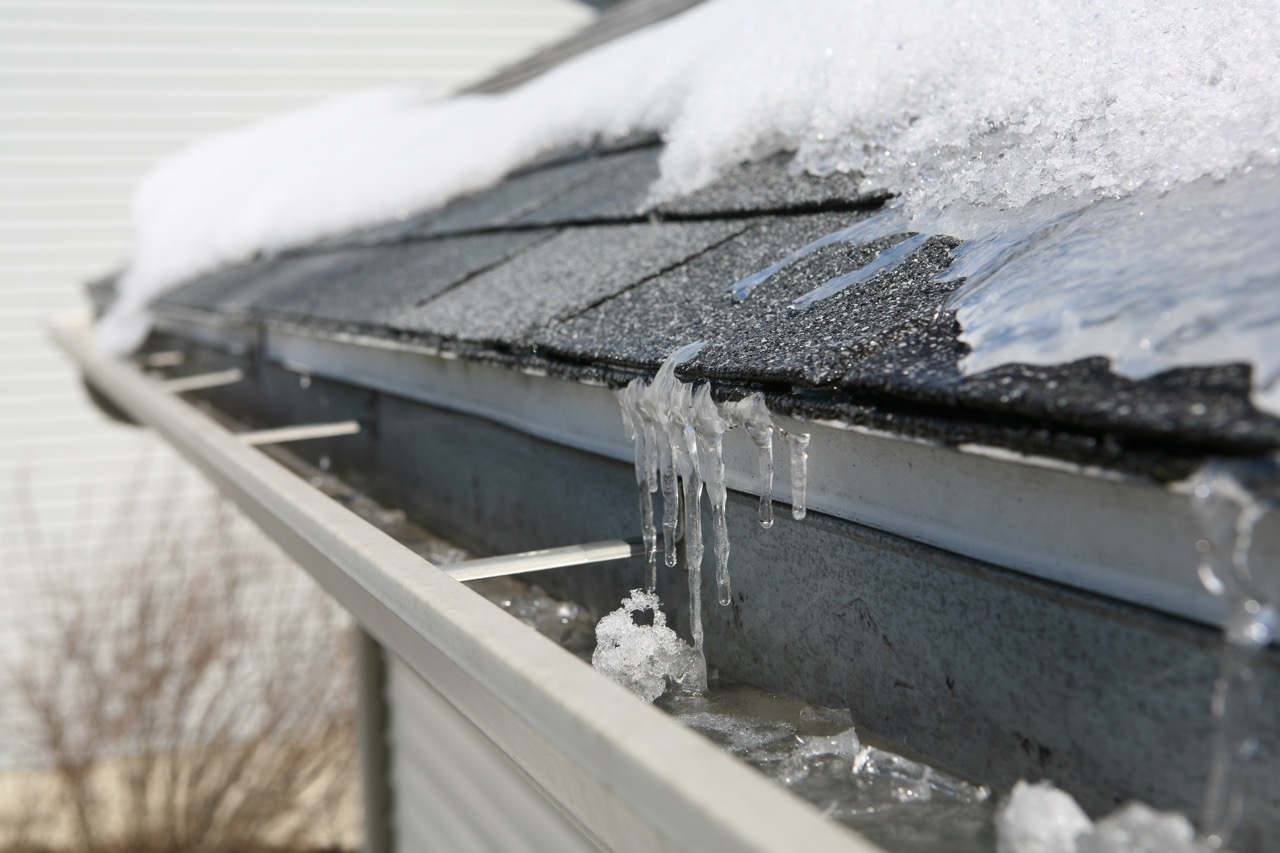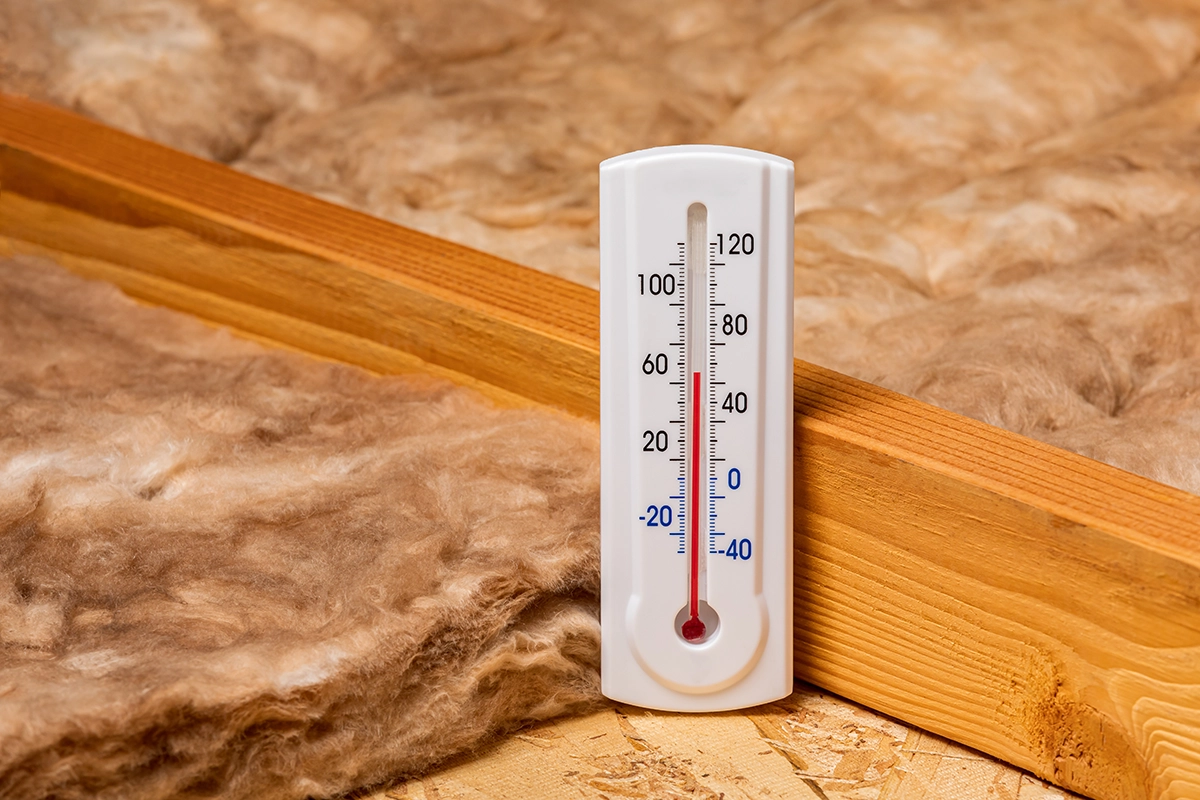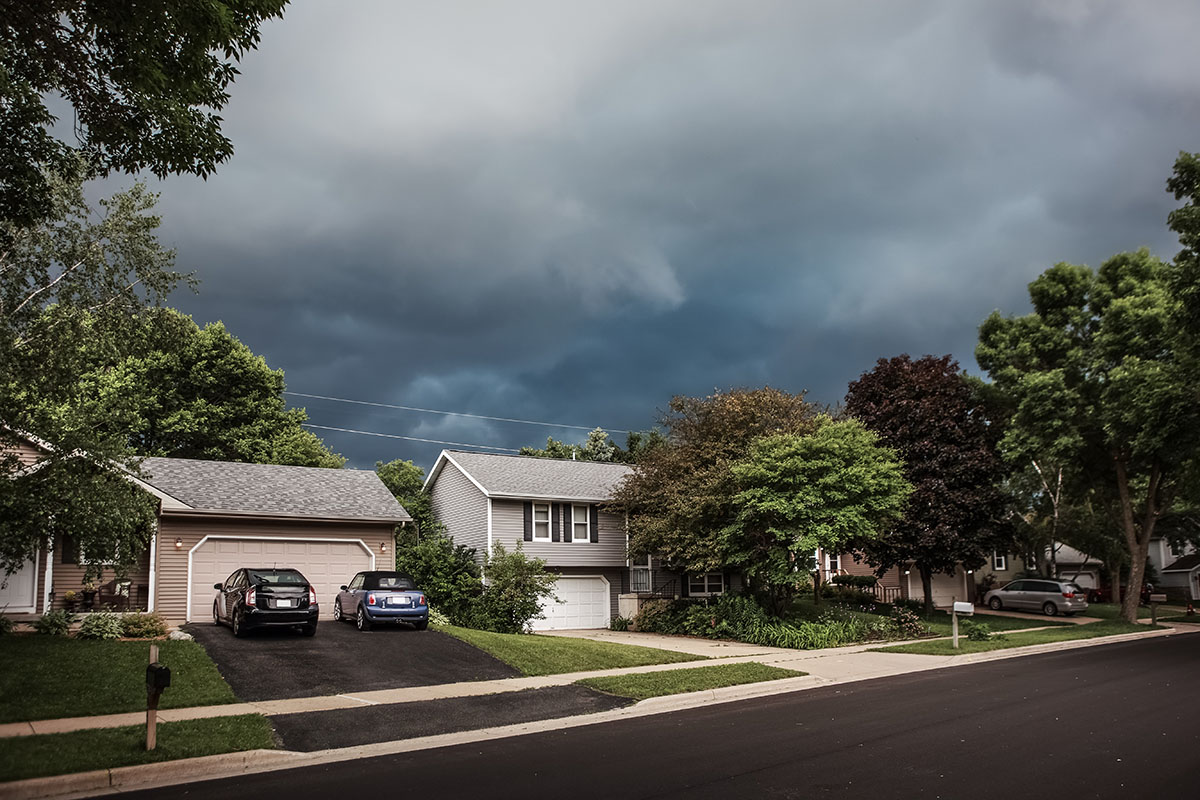Summary
If you look inside your wall, you’ll see three layers—an inner wall, which is the drywall; an insulation board, which is made of a thick, dense stud hedge; and an outer wall, which consists of several sub-layers, the outermost stratum of which is called “siding”. This layer serves as your home’s first line of defense against the elements.
Because of the nature of its main function, siding has to be made from strong and durable materials. Brick and stone are the toughest kinds of siding, but wood and plastic are the most popular choices, largely because they are the most affordable. This doesn’t mean, though, that wood and plastic siding are unreliable when it comes to giving your home added protection. These materials have been treated and engineered to withstand virtually all forces of nature.
With the many options available, it can be difficult to find the best type of siding for your home. The following are some of the characteristics of the siding that offers the most merits.
Energy-Efficient
A siding material’s energy efficiency is measured by its R-value, a measure of how well an object, per unit of its exposed area, resists conductive flow of heat. Unsurprisingly, the one with the highest R-value is wood shingles. It is important to note, however, that a material’s R-value does not depend on its natural qualities alone; it is backed by the insulating materials underneath it. Therefore, choosing the right type of insulating material can significantly increase the siding’s R-value regardless of what kind of material it is made of.
Matches Your Home Architecture
Siding is not just a shield; it is also a decorative element for your home’s exterior. In choosing a siding type, therefore, you also have to take appearance into account. As much as possible, its color, texture, and overall aesthetics should match the architecture of your home. In most cases, siding installation is done to actually enhance the look of a home’s exterior.
Durable
Siding materials vary in longevity. Some are more durable than others. If you want to save more in the long run, you should choose the most durable material even if it means you have to forgo other critical factors in your choice. Of course, durability doesn’t only mean how long before the siding material has to be replaced but also how long before you need to recoat, maintain, or repair it.
Oxidation Resistant
The atmosphere is filled with oxygen. This element is one of the top catalysts of change in both organic and inorganic matter. Specifically, it is mainly responsible for the decay or deterioration of any type of material. As for siding, each type reacts to oxidation differently. Some easily succumb to its force, while others have high oxidation resistance. Choose a material that does not easily rot or rust when exposed to water or moisture.
Cost-Effective
All siding installation projects are costly. You might end up spending up to $50,000 if you’re not careful in your decisions, unless you can afford it and it’s been your plan from the start. You need to have a well thought out plan and budget before heading to a siding company and discussing your desired project.
There are many other factors that you have to take into consideration but discussing them in this article might take forever to finish. Nonetheless, these five are enough to guide you toward proper decision-making when choosing and installing siding. Turning to a top service provider in Chicago like Muller Exteriors can be your best course of action if you want guaranteed success for your siding installation or siding repair project.
Sources:
How House Construction Works, home.howstuffworks.com
Different Types of Exterior Siding and Cladding, diynetwork.com
How Walls Are Made, hometips.com







